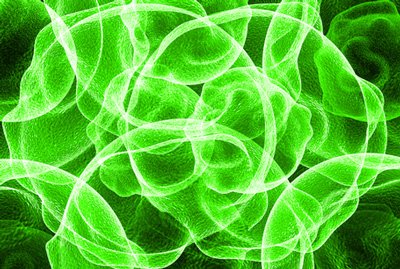ICR identify Brf2 as a potential target for future cancer drugs
Posted: 4 December 2015 | Victoria White | No comments yet
ICR scientists have discovered Brf2 acts as a ‘master switch’ within cancer cells that seems to override the normal stress response…


Scientists at The Institute of Cancer Research, London (ICR), have discovered a ‘master switch’ within cancer cells that seems to override the normal stress response and allows them to survive conditions that would normally be lethal.
The scientists showed how a molecule called Brf2 acts as a chemical sensor and shuts down gene activity when normal cells are placed under metabolic stress. That in turn sends normal cells to their deaths – stopping them from suffering potentially dangerous mutations as a result of the stress they are under.
The researchers think that cancer cells can overcome this trigger for cell death by producing more Brf2, allowing them to survive and accumulate mutations, even when they are under significant stress.
It was already known that cancer cells could withstand higher levels of metabolic or oxidative stress than normal cells, but until now little had been known about how they were able to do this.
The ICR scientists became interested in Brf2 when research showed that some cancers, in particular lung and breast cancer, have increased levels of the protein. It was not clear if this was incidental, or if Brf2 was playing a critical role in the development of cancer.
Brf2 found to have an unpredicted part used to ‘sense’ oxidative stress
The researchers used X-ray crystallography to scrutinise the three-dimensional structure of Brf2 when the protein was in the act of recognising specific DNA sequences. This is a key mechanism for activating RNA polymerase III – a piece of cellular machinery that turns on certain essential genes in the cell.
The researchers found that the protein’s structure had an unpredicted part used to ‘sense’ levels of oxidative stress. Interfering with this part of the structure by mimicking stress stopped Brf2 interacting with other proteins, and prevented the activation of RNA polymerase III. That in turn stopped specific genes becoming active, and triggered cell death.
The researchers found that increasing the amount of Brf2 made cancer cells less likely to die when placed under oxidative stress, while reducing its levels made them more likely to die.
Some cancer cells are much more dependent on Brf2 than normal cells, making it a potential new target for cancer treatments.
Professor Paul Workman, Chief Executive of The Institute of Cancer Research, London, said: “This is an important fundamental study, revealing both the structure and function of a fascinating protein which seems to play a critical role in the survival of cancer cells. Some cancer cells seem to be much more reliant on the Brf2 protein than healthy cells, and that could make it a promising target for cancer treatments of the future.”
Related topics
X-ray crystallography
Related conditions
Breast cancer
Related organisations
Cancer Research, The Institute of Cancer Research (ICR)



